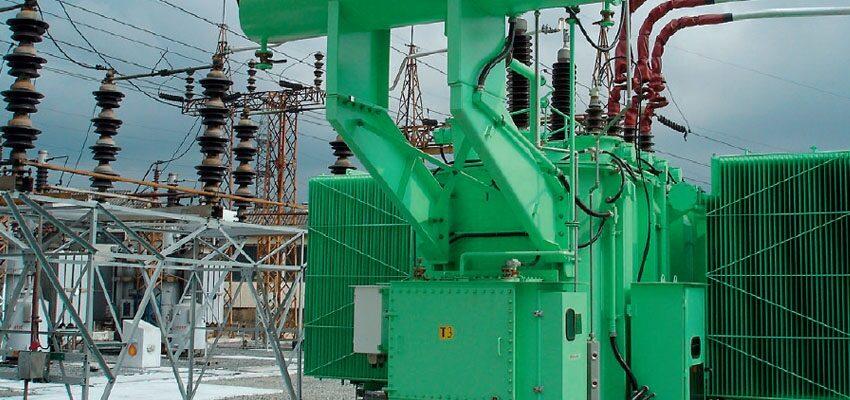
Ester transformer designs
Eco-friendly ester liquid transformer designs Ester liquids have been used in transformers for insulation and cooling purposes for over 20 years. These liquids greatly...
byGeorge FRIMPONG, Jan HAJEK, Krzysztof KULASEK

Eco-friendly ester liquid transformer designs
Ester liquids have been used in transformers for insulation and cooling purposes for over 20 years. These liquids greatly reduce environmental impact and significantly mitigate spillage and fire risks. Recent experience underlines the benefits of using ester liquids instead of traditional mineral oils.
Since the 1990s, ester liquids have been gaining acceptance for transformer insulation and cooling with application voltages now reaching 420 k. This shift from traditional mineral oils can be attributed to growing environmental awareness and the need to address the risks of tank rupture and fire, especially in crucial locations. Ester liquids lend themselves as a natural and safe, and almost obvious, solution, and they have related benefits such as smaller substation footprint and simplified oil containment design. The 10 to 15 percent extra cost of ester-filled transformers is more than compensated for by the benefits it brings. In recent years, much progress has been made in ester-filled transformer applications, especially in the realms of:
- • Eco-efficiency and safety
- • Life extension – slower aging of insulation and longer lifetime
- • Overloadability – flexibility in handling the load or minimizing footprint for mobility
Eco-efficiency and safety
The major safety and environmental concerns of transformers are catastrophic failure and oil spill. Small leaks can occur due to handling errors (e.g., overfilling) but more serious leakages happen when a unit ruptures. Leakages can also lead to fires: of the around 1 percent of failures that necessitate major repair or scrapping, one-tenth result in a transformer fire. This seemingly low incidence rate conceals a significant risk as, on top of danger to workers and reputational loss, the average cost of replacement, clean-up and lost revenue is about $3 million, and individual cases have been known to incur costs of up to $86 million. In any of the abovementioned situations, cooling and insulation fluid biodegradability, and high flash and fire point, improve operator safety, while reducing the impact and cost of clean-up. Natural ester liquids are classified (see, e.g., standard EC 61039) as non-toxic and readily biodegradable substances. Therefore, spills are characterized as non-hazardous. If a transformer protection system is slow to react to a low-impedance fault, the high-energy internal arc generated can produce gases that lead to overpressure and tank rupture, thus allowing the ingress of oxygen to create a fire-prone environment.







